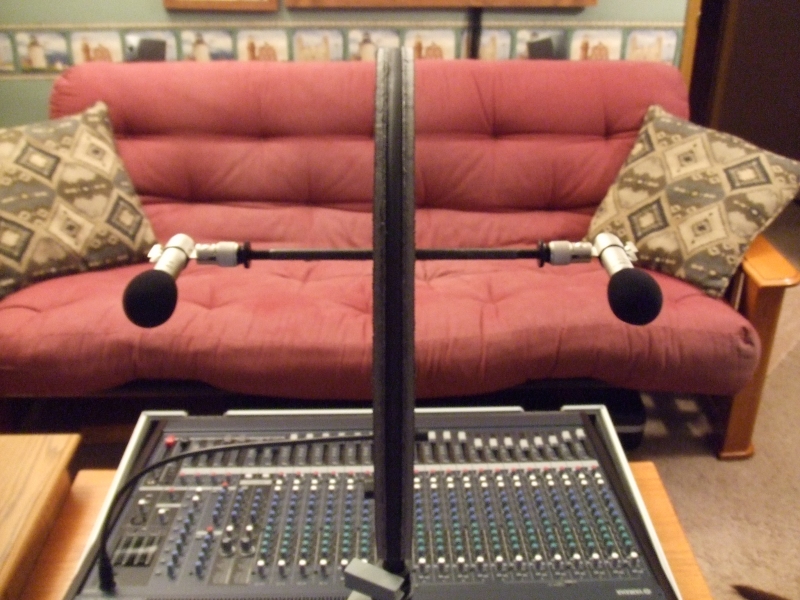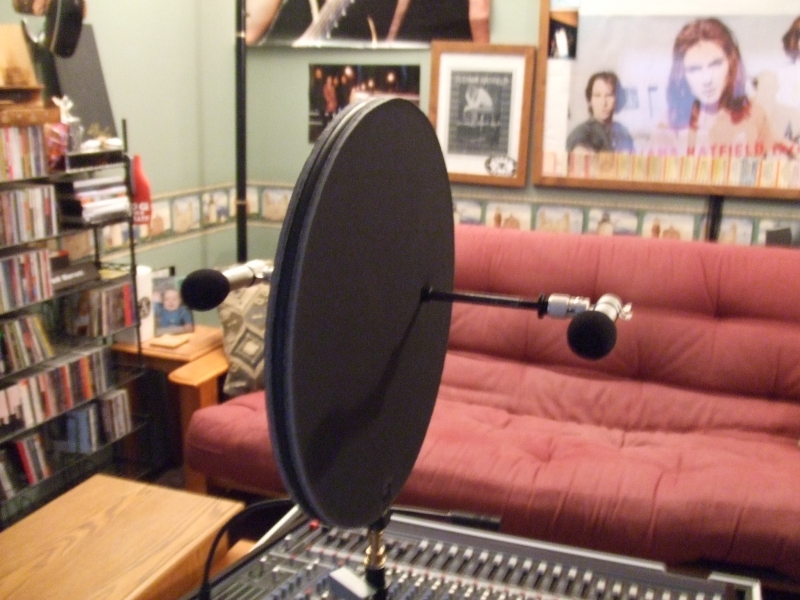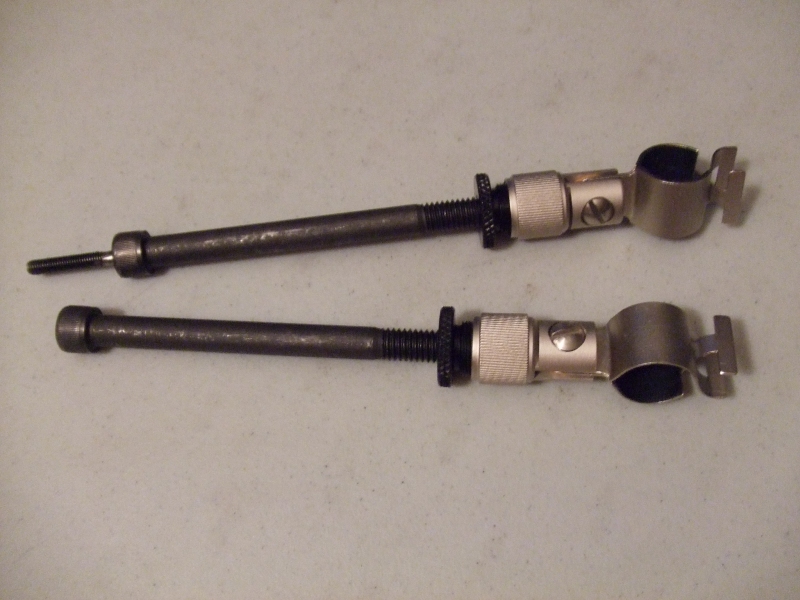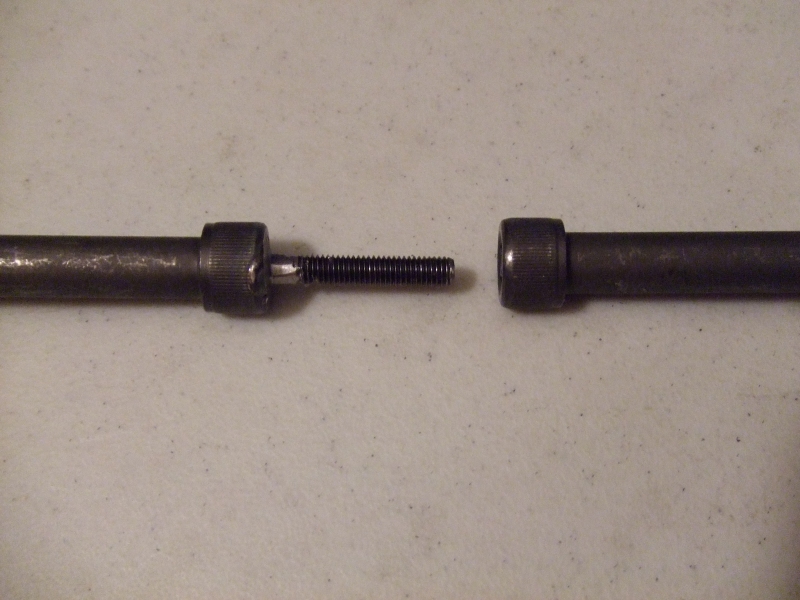soooo...been wanting to try this technique out for a while, and finally had the epiphany needed to make it happen. i figure if a headliner is good enough for sound dampening in an auto (i work in the [YIKES!] industry) it should work pretty well in this application - shout out to azdel forming!! it's also green since this scrap didn't end up in a landfill somewhere for the next 1000 years or so - plus i'd like to think it turned out pretty well and looks almost professional...only the maiden recording will tell...
Jecklin Disk
From Wikipedia, the free encyclopedia:A Jecklin Disk is a sound-absorbing disk placed between two microphones to create an acoustic "shadow" from one microphone to the other. The resulting two signals can possibly produce a pleasing stereo effect. A matching pair of small-diaphragm omnidirectional microphones is always used with a Jecklin disk.
The technique was invented by Jürg Jecklin, the former chief sound engineer of Swiss Radio now teaching at the University for Music and Performing Arts in Vienna. He referred to the technique as an "Optimal Stereo Signal" (OSS). In the beginning Jecklin used omnidirectional microphones on either side of a 30.5 cm (1 ft.) disk about 2 cm (3/4") thick, which had a muffling layer of soft plastic foam or wool fleece on each side. The capsules of the microphones were above the surface of the disc, just in the center, 16.5 centimeters (6 1/2") apart from each other and each pointing 20 degrees outside. Jecklin found the 16.5 cm (6 1/2") ear spacing between the microphones too narrow. In his own paper, he notes that the disk has to be 35 cm (13 3/4") in diameter and the distance between the microphones should be 36 cm (14 3/16"). The concept is to make use of the baffle to recreate some of the frequency-response, time and amplitude variations human listeners experience, but in such a way that the recording also produces a useful stereo image through loudspeakers. Conventional binaural or dummy head recordings are not as convincing when played back over speakers; headphone playback is needed.
The Jecklin Disk is a refinement of the baffled microphone technique for stereo initially described by Alan Blumlein in his 1931 patent on binaural sound.
additional resources:http://www.josephson.com/tn5.html
real...$250 jDOG...$15
jDOG...$15(using updated specifications; flying authentic MK-012 omni's)

 shopping at Michaels Arts & Crafts...priceless
shopping at Michaels Arts & Crafts...pricelessfor the technical minded, the mounts are custom by length (ok it's just a grade 8 socket head cap screw) and detachable for transport:

close of mount connection. precision center drilled on lathe; stud welded one side; 10-32 tapped other:
















































